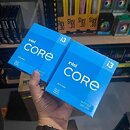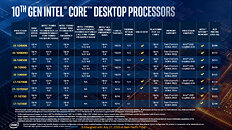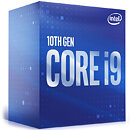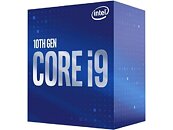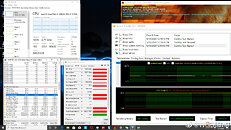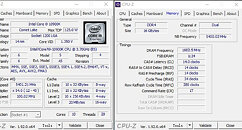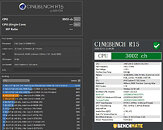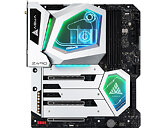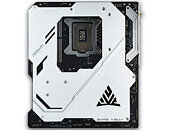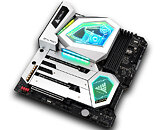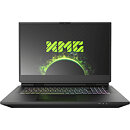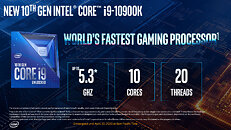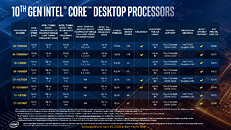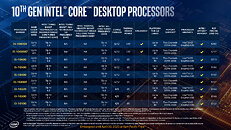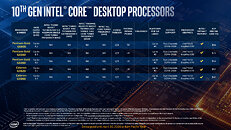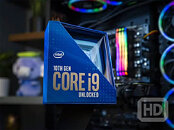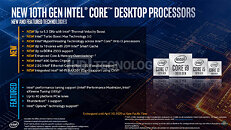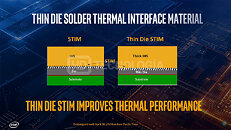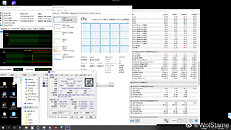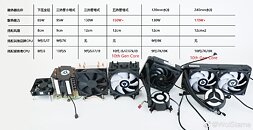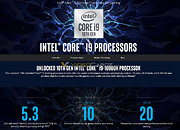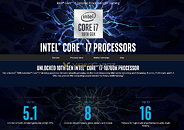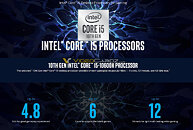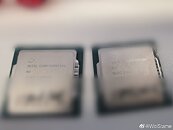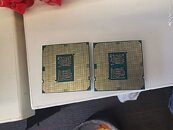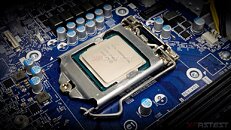
Apple Introduces new Mac mini with M2 Processors
Apple today unveiled the new Mac mini, supercharged by M2 and the all-new M2 Pro. With the M2 chip, Mac mini is even more powerful, capable, and affordable with a new starting price of just $599. The new M2 Pro chip delivers pro-level performance to Mac mini for the first time, enabling users to run high-performance workflows that were previously unimaginable in such a compact design. Mac mini with M2 and M2 Pro delivers faster performance, even more unified memory, and advanced connectivity, including support for up to two displays on the M2 model, and up to three displays on the M2 Pro model. Paired with Studio Display and Magic accessories, along with the power and ease of macOS Ventura, Mac mini provides a phenomenal desktop experience that will take users' productivity and creativity to the next level. Customers can order the new Mac mini models today, with availability beginning Tuesday, January 24.
"With incredible capabilities and a wide array of connectivity in its compact design, Mac mini is used in so many places, in so many different ways. Today, we're excited to take it even further with M2 and M2 Pro," said Greg Joswiak, Apple's senior vice president of Worldwide Marketing. "Bringing even more performance and a lower starting price, Mac mini with M2 is a tremendous value. And for users who need powerful pro performance, Mac mini with M2 Pro is unlike any other desktop in its class."
"With incredible capabilities and a wide array of connectivity in its compact design, Mac mini is used in so many places, in so many different ways. Today, we're excited to take it even further with M2 and M2 Pro," said Greg Joswiak, Apple's senior vice president of Worldwide Marketing. "Bringing even more performance and a lower starting price, Mac mini with M2 is a tremendous value. And for users who need powerful pro performance, Mac mini with M2 Pro is unlike any other desktop in its class."














